Transport hasn’t traditionally been a preferred option for Saudis. The question is: will Riyadh’s notorious traffic push people to reconsider their social perceptions and embrace this shift?
The opening of the Riyadh Metro feels like the start of a new chapter for Saudi Arabia. For decades, getting around meant relying on private cars—a necessity shaped by the country’s vast geography, harsh weather, and a culture where walking for social purposes was uncommon. Growing up, many of us remember how limited transportation options were, particularly for women, who often depended on male relatives or private drivers. Services like Careem and Uber, introduced around 2015, offered more flexibility, but public transport remained largely outside the realm of everyday life.
The Value of Public Transportation
The Riyadh Metro represents more than just a new way to travel—it signals a broader shift toward modern, collective, and accessible transportation. From its architecture to public art installations, the design of the stations clearly aims to attract and engage users, making metro travel not only efficient but also aesthetically inviting.
We've already seen how successful the Makkah–Jeddah–Madinah high-speed train has been, serving over 15 million passengers since its launch. I know women who have spoken about how this train transformed their ability to travel independently to Makkah and Madinah, removing the need to rely on someone else’s schedule. It’s not just practical—it’s empowering.
Who Will Use the Riyadh Metro?
It’s natural to wonder who will benefit most from the Riyadh Metro. Will it primarily serve commuters, Saudis, or tourists? When I think of the Dubai Metro, I recall how it became indispensable for thousands of expatriates and visitors—but Emiratis onboard seemed rare, at least in my experience. Will the Riyadh Metro be different?
With projections of up to 3.6 million daily passengers, it could become a vital part of daily life for a wide cross-section of society. It’s also expected to reduce carbon emissions by nearly 500,000 tons annually—a tangible sign of growing environmental responsibility.
The rollout has been accompanied by serious efforts to raise awareness: pricing options range from daily to monthly passes, with an affordable cap of around $38 per month. Station names reflect a mix of historical, cultural, and local references—a deliberate move to create familiarity and resonance with Saudi users.
A Broader Lens on Change
To me, the Riyadh Metro isn’t just about solving traffic problems—it’s about rethinking how we approach everyday life. For so long, cars have symbolized independence and convenience in Saudi culture. This shift toward public transportation challenges that mindset and invites us to embrace more sustainable and inclusive habits.
It’s a step toward a future where cities feel more connected—not just physically, but socially.
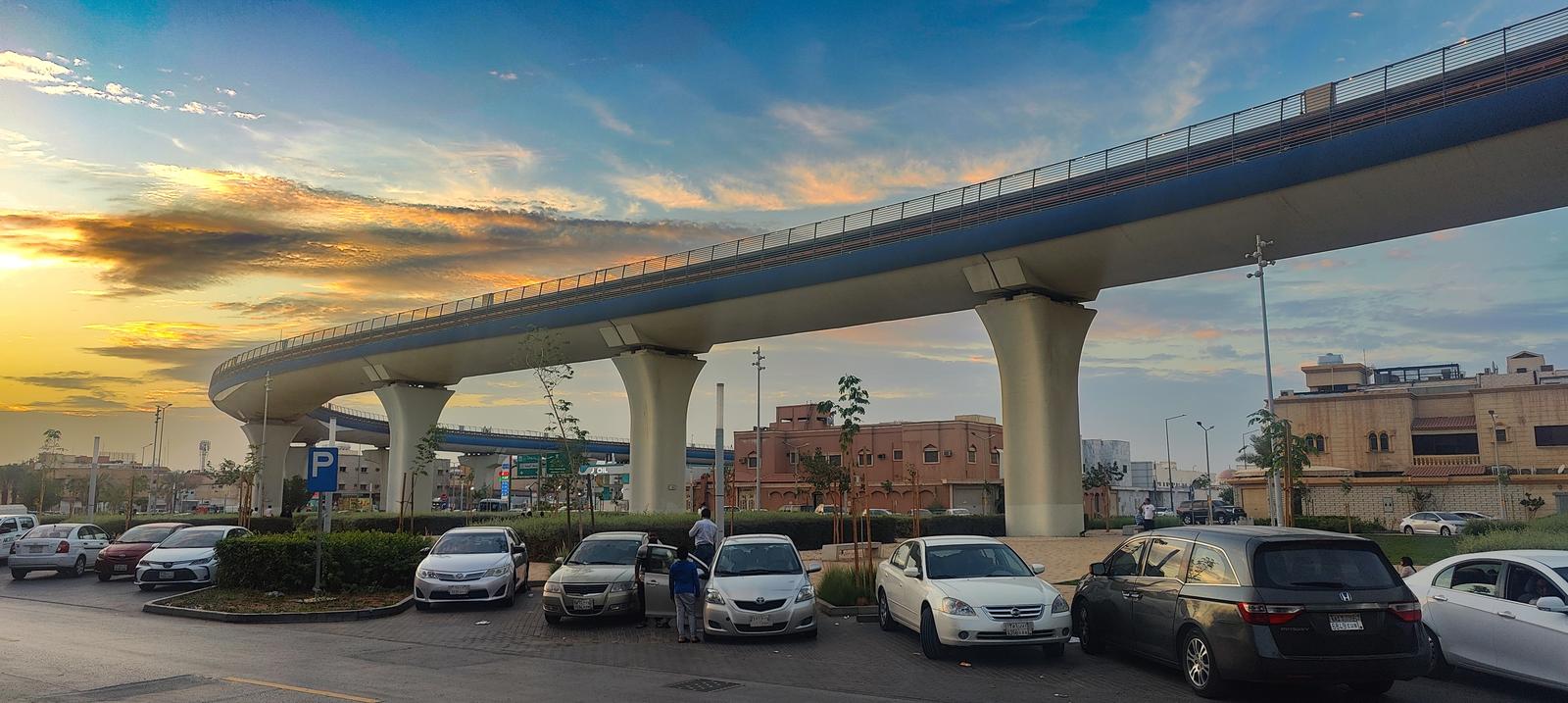
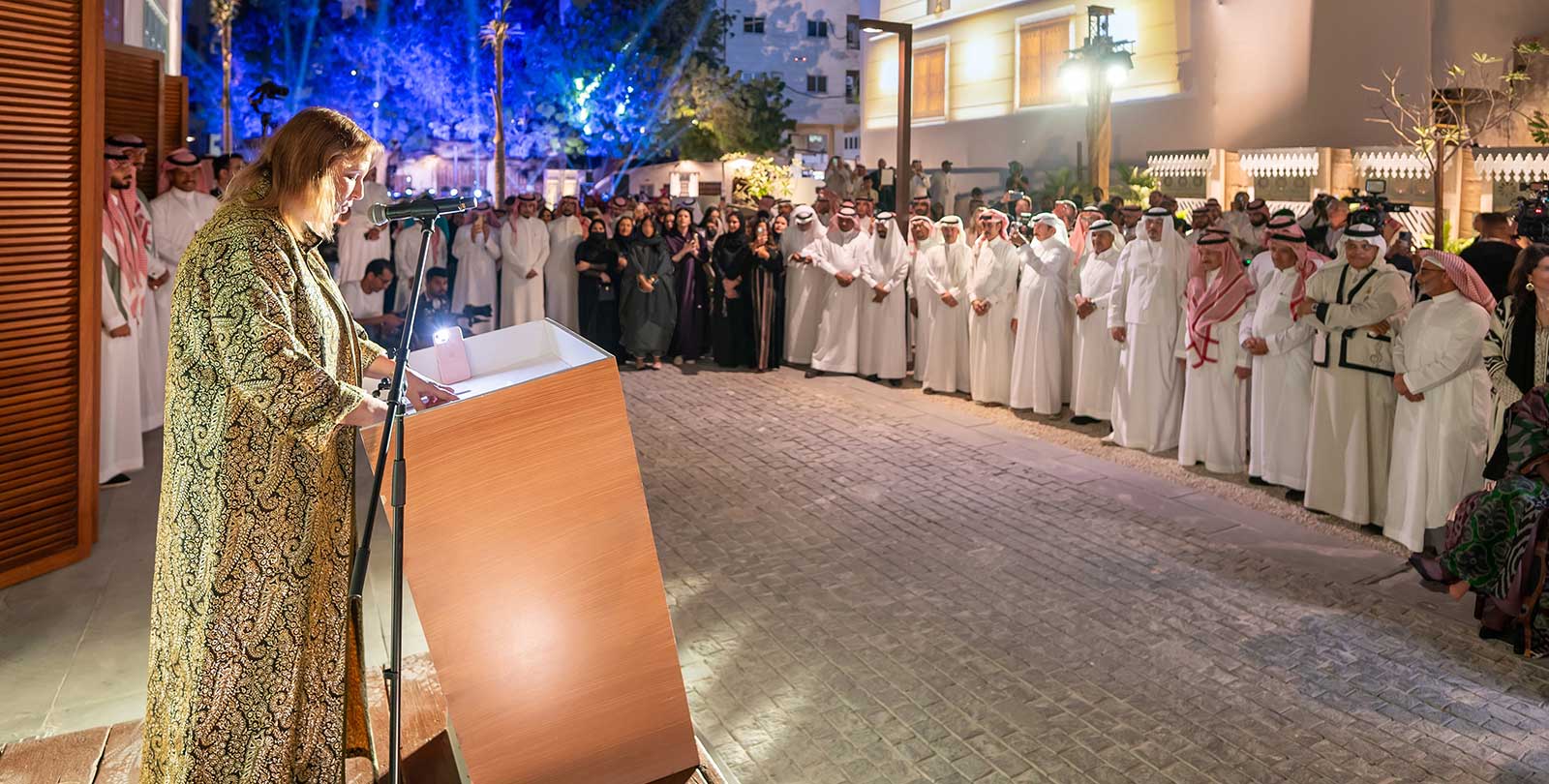
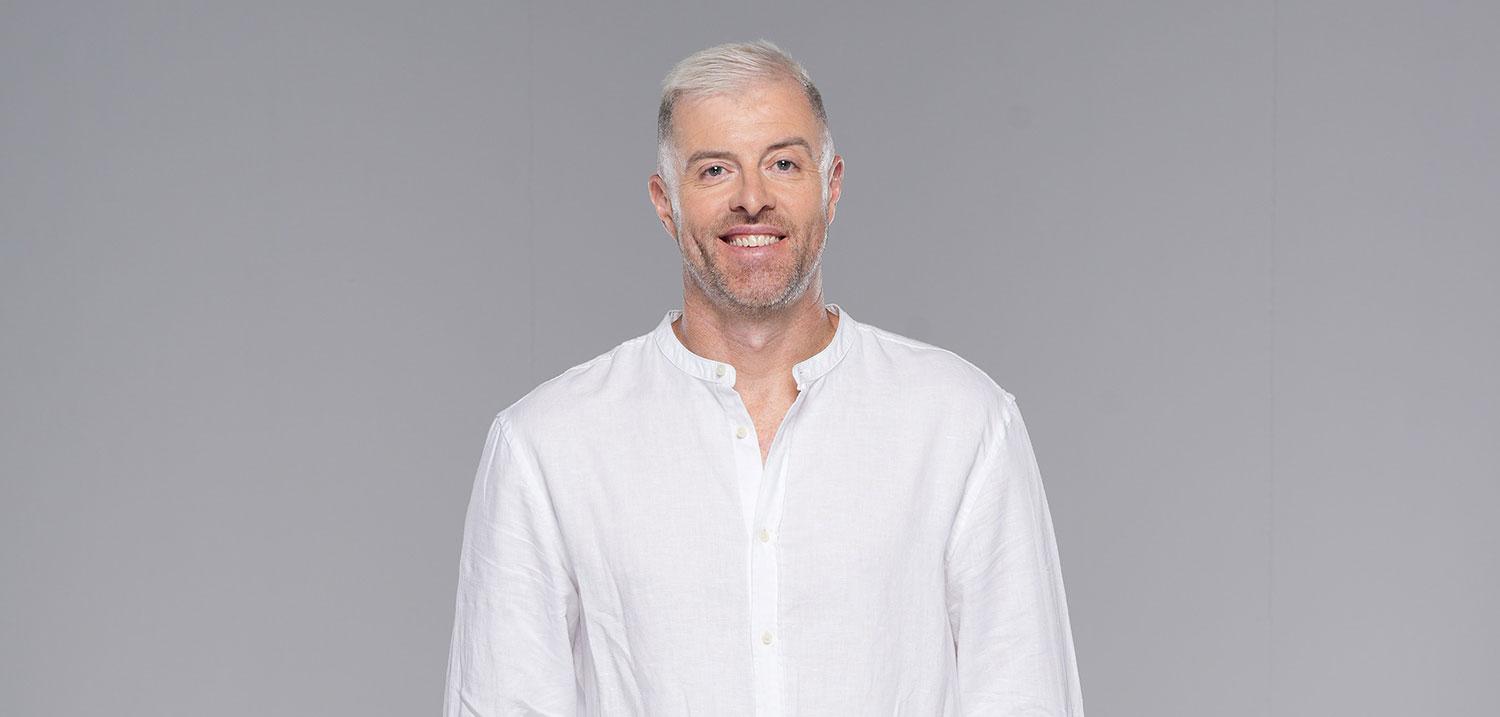
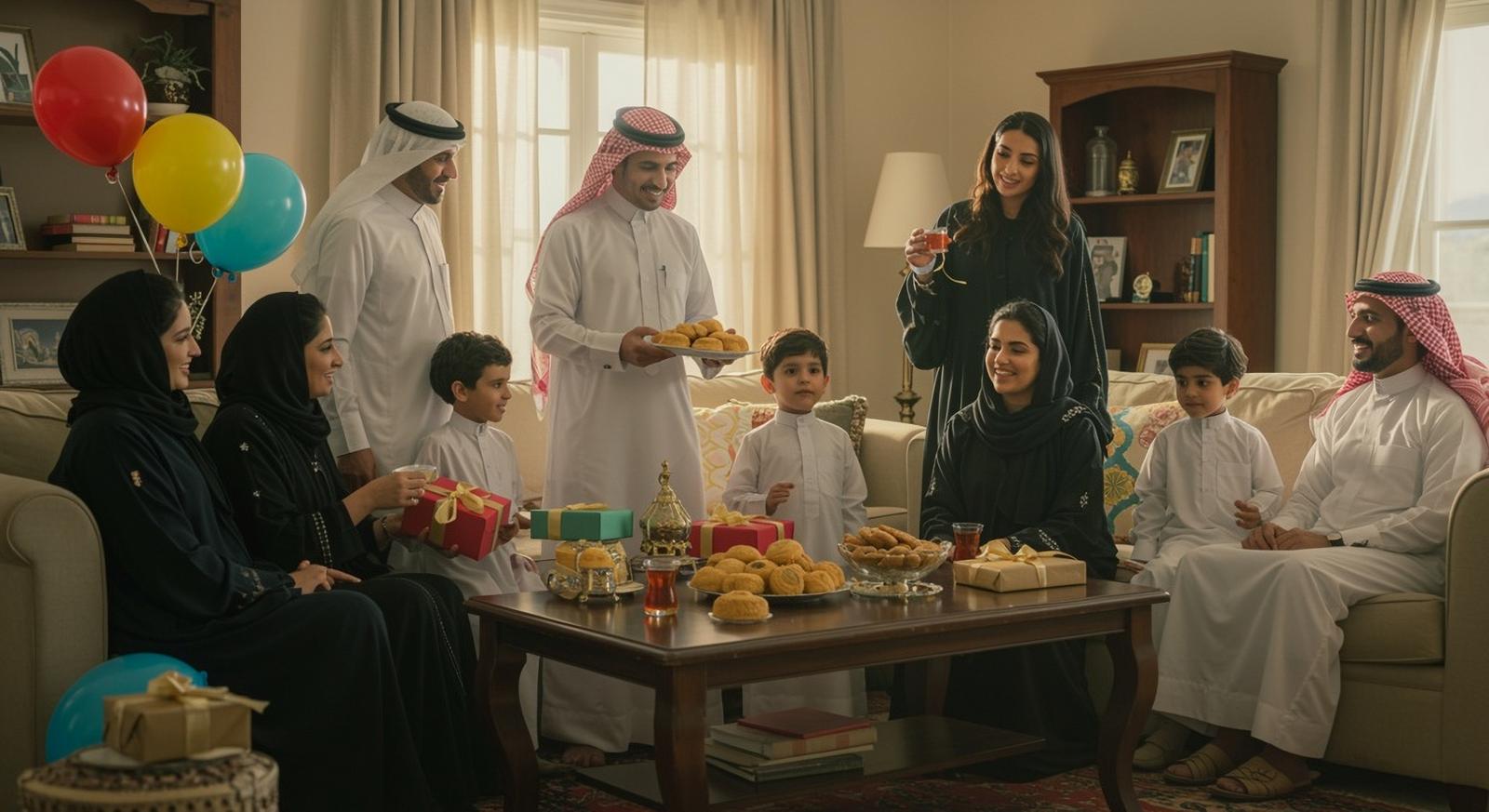
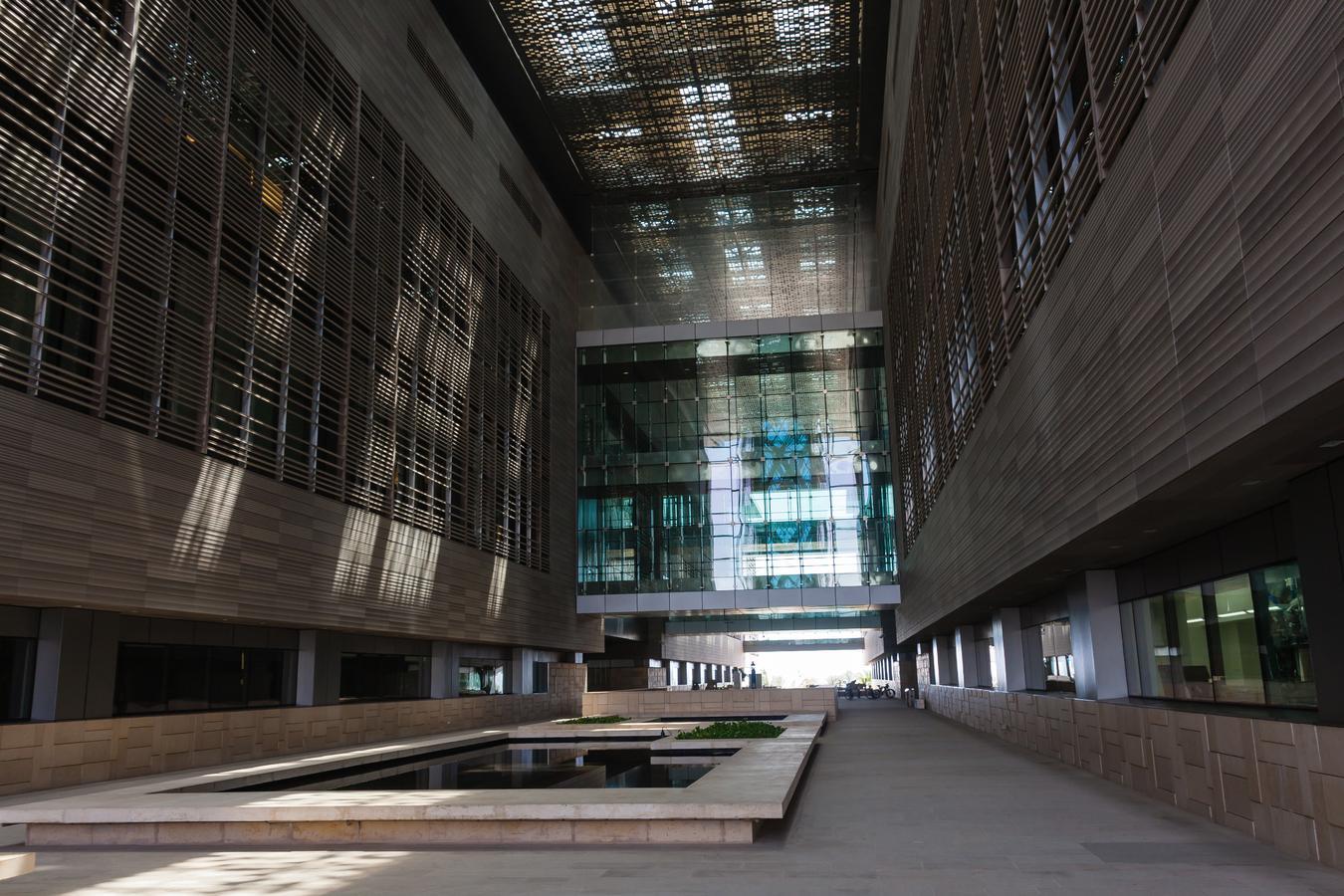
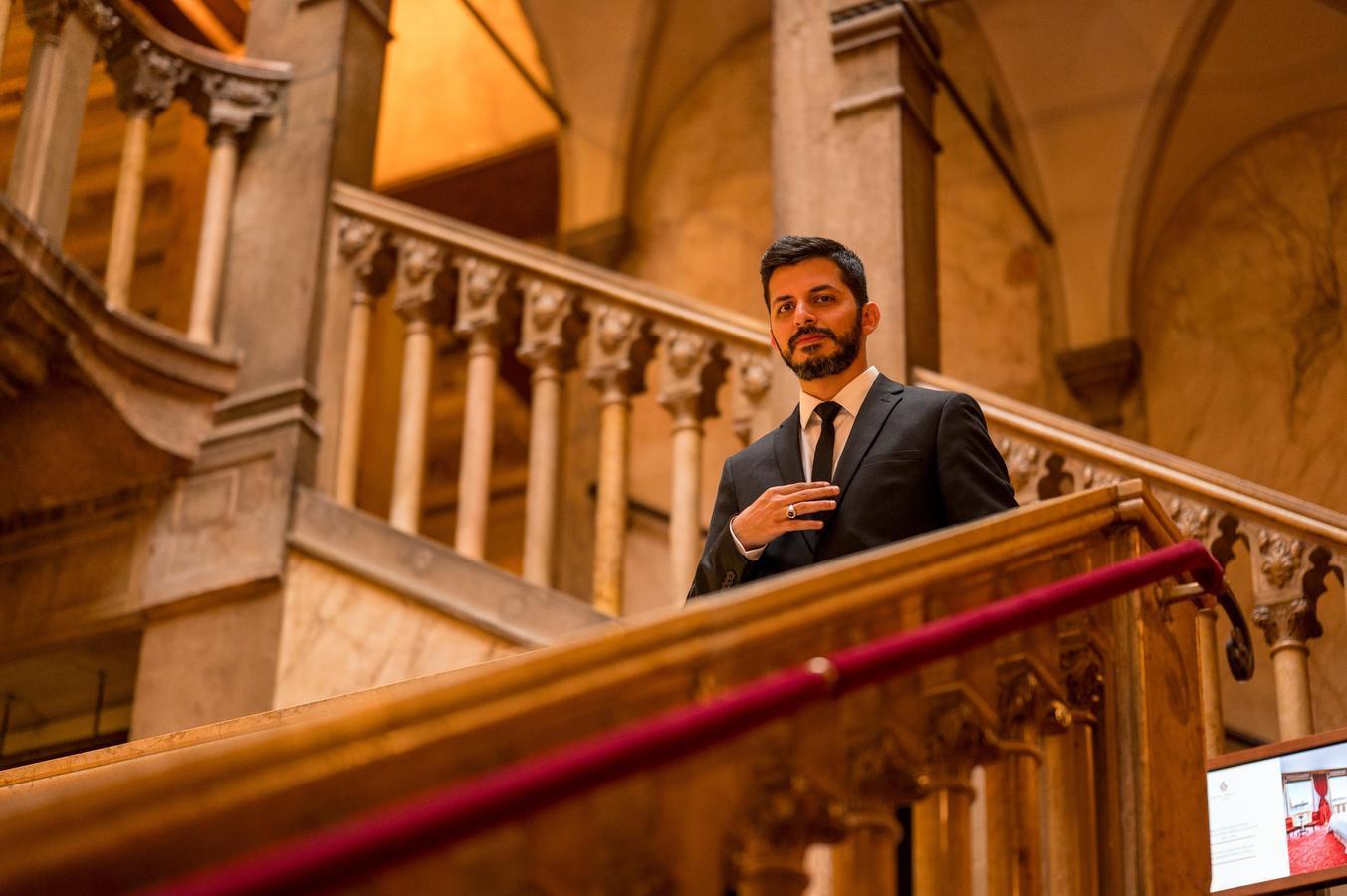
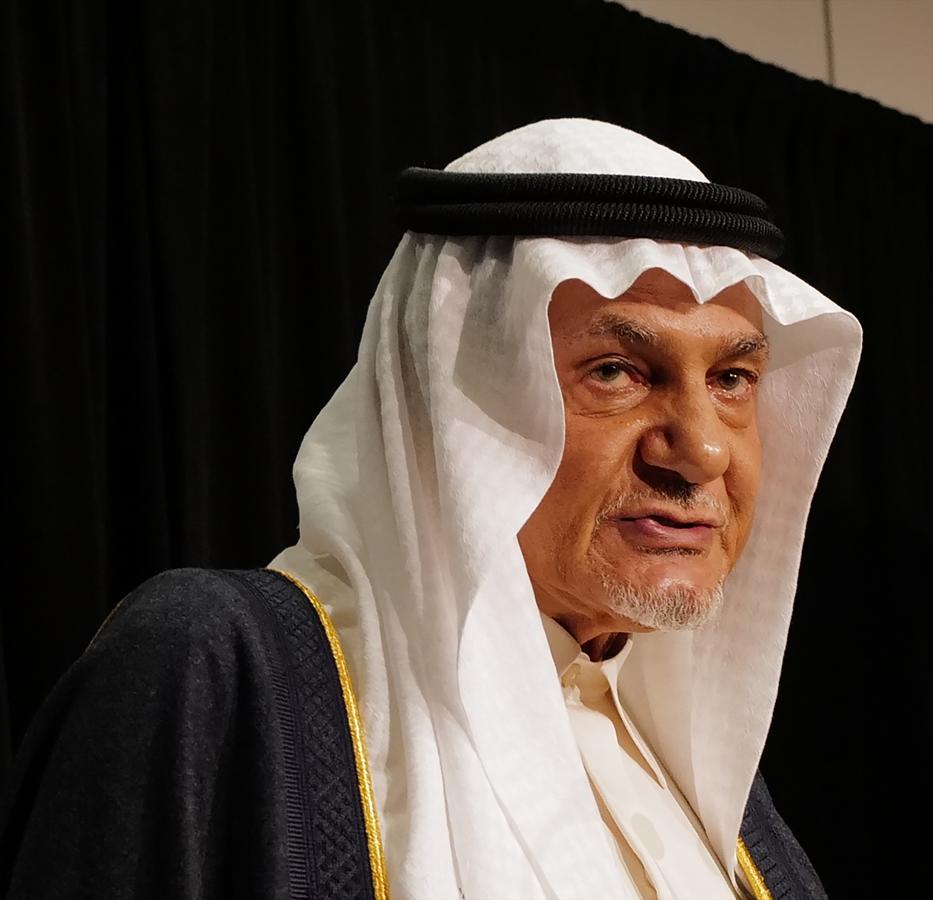
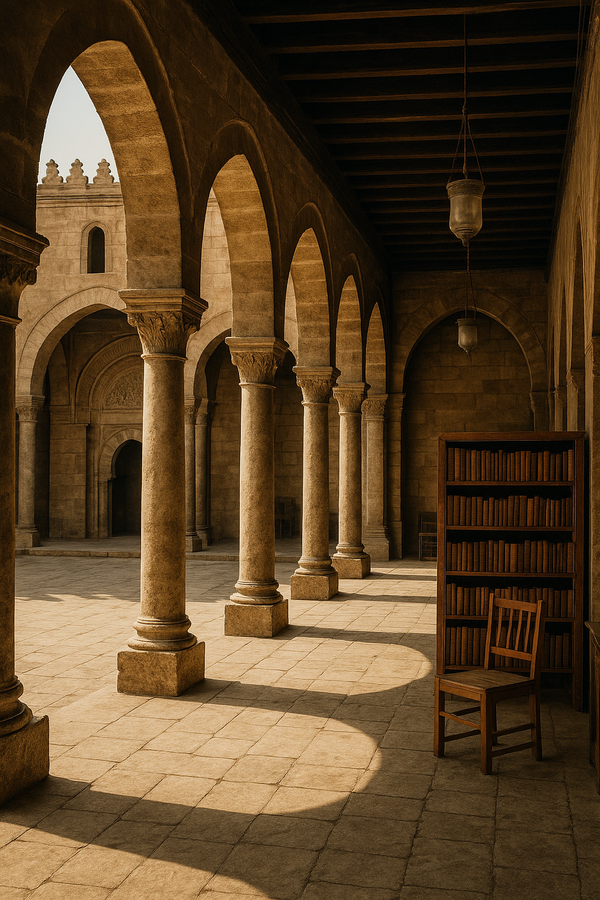
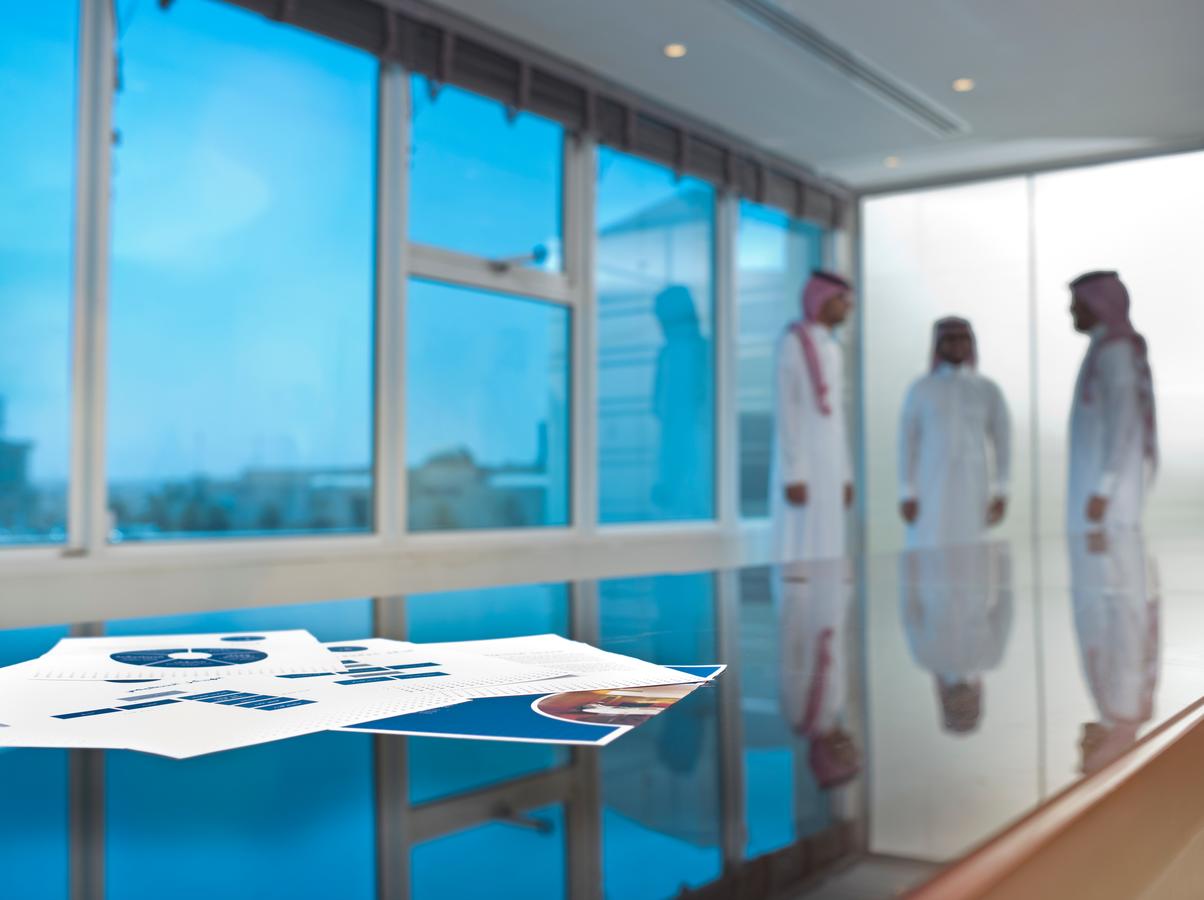
0 Comments
No comments yet. Be the first to comment!